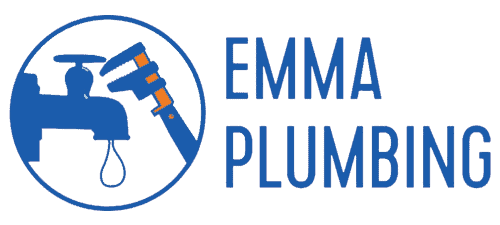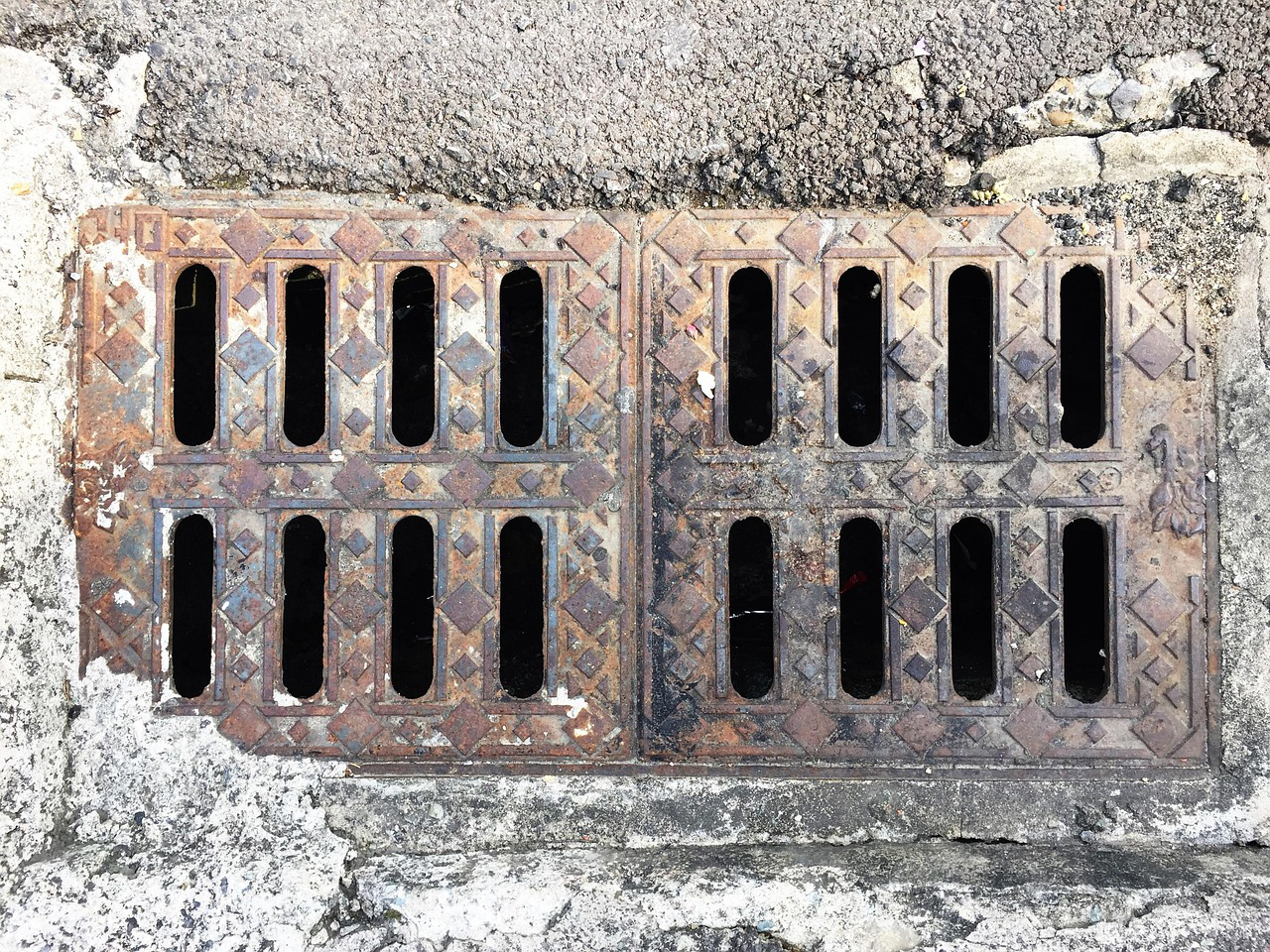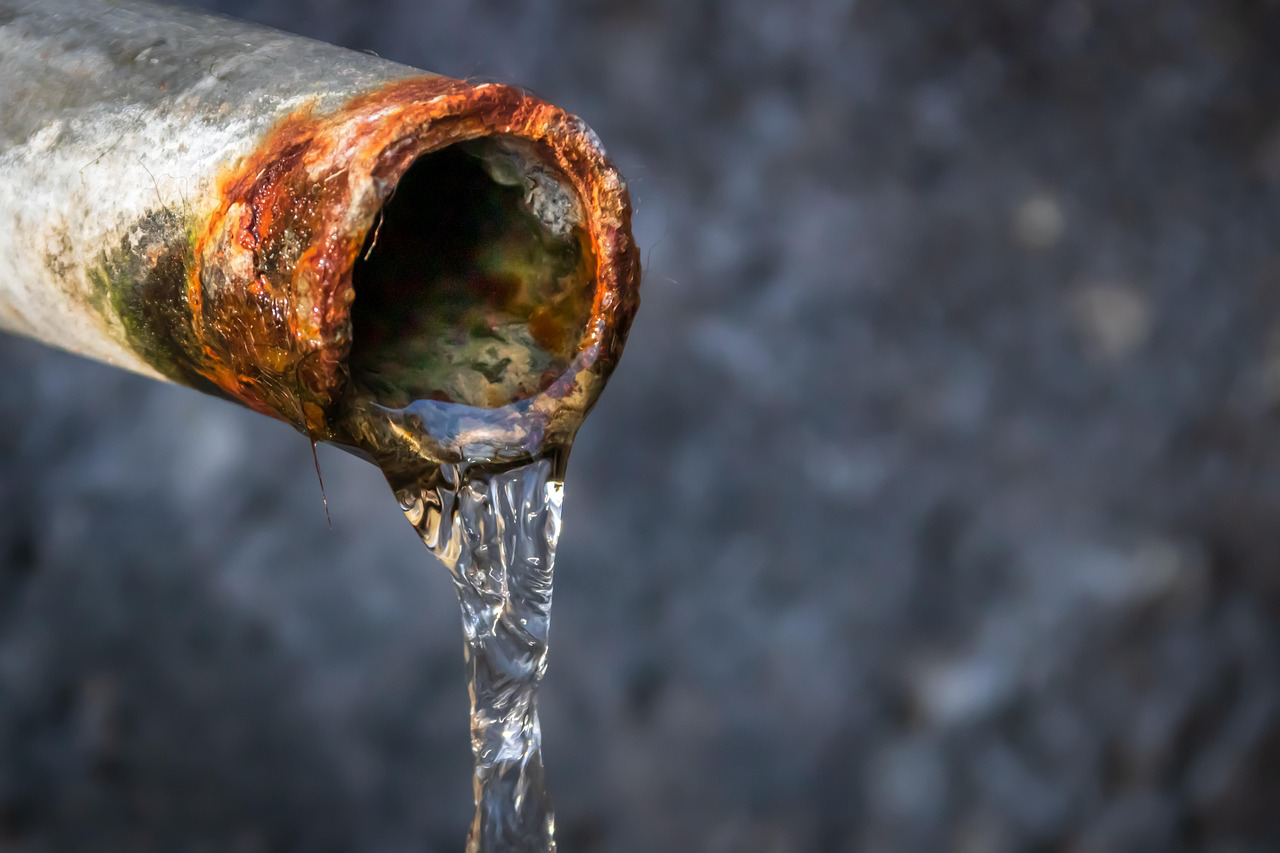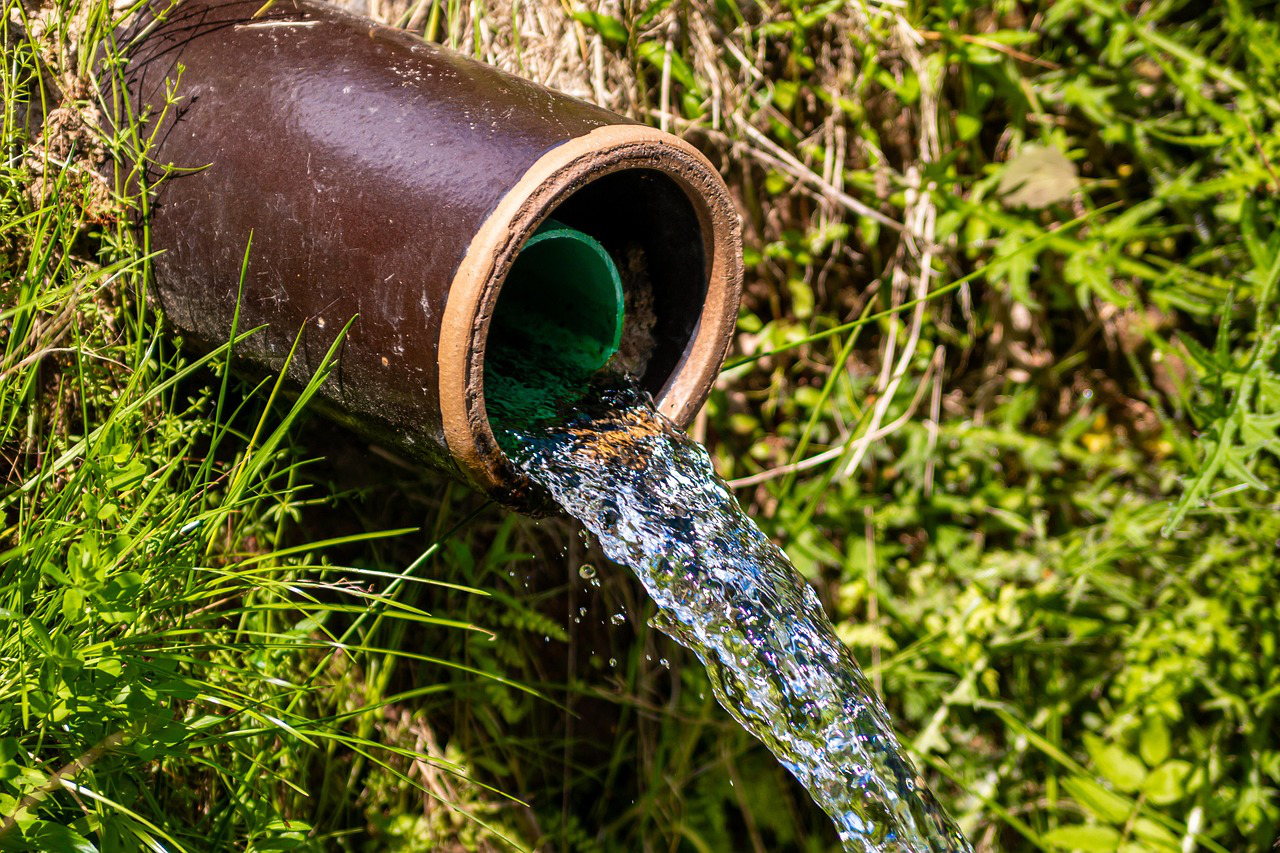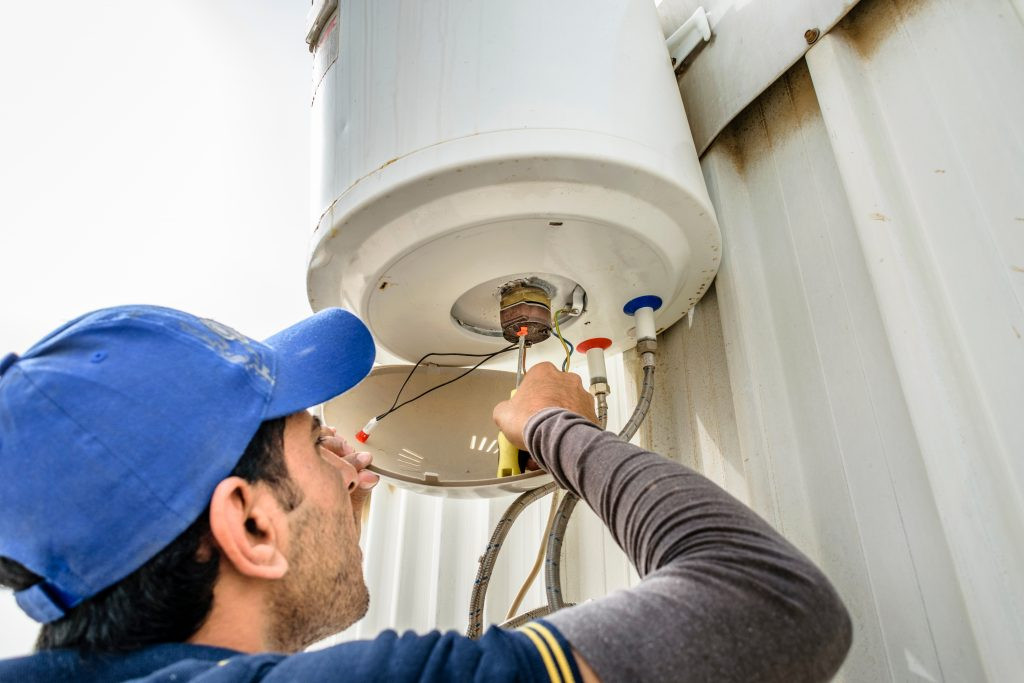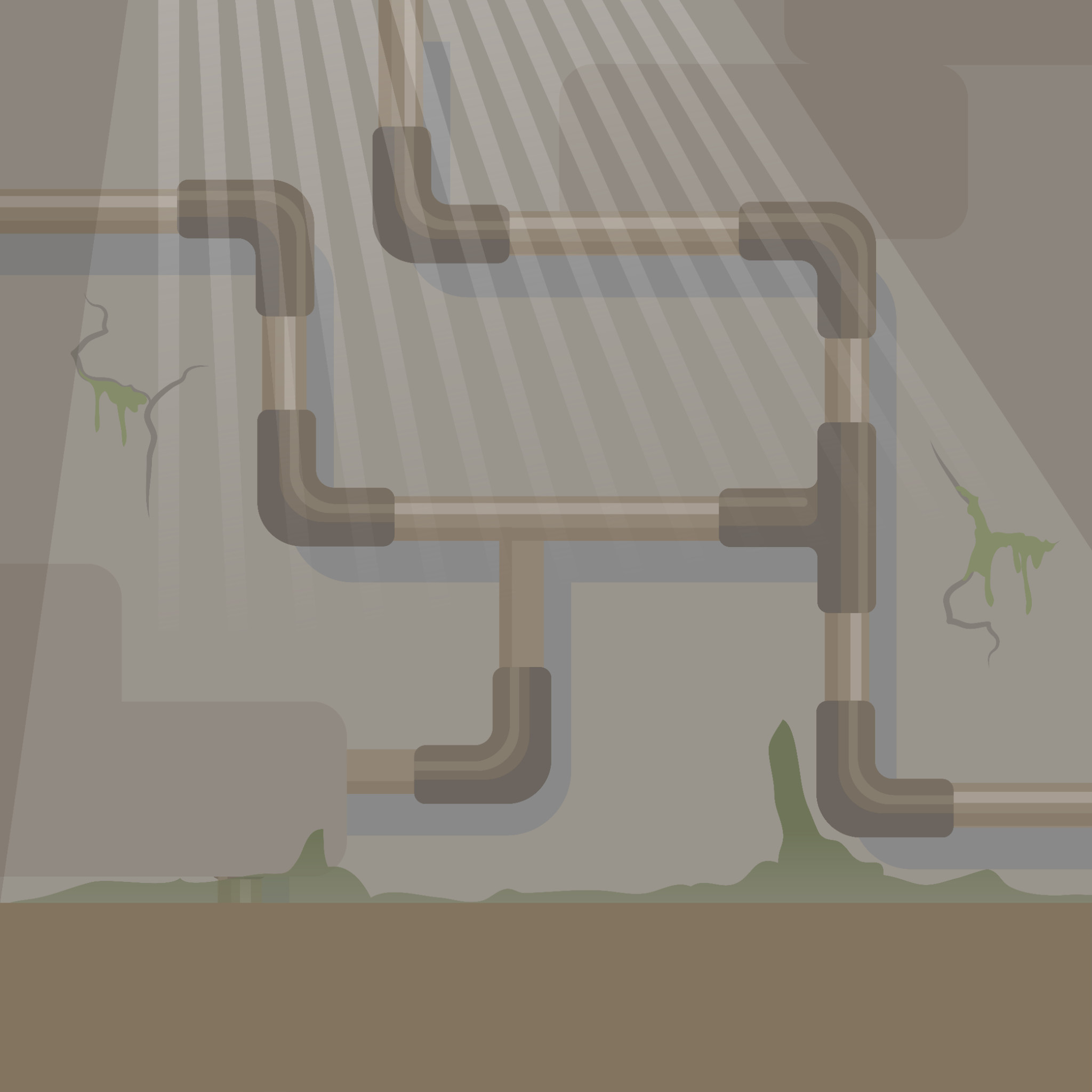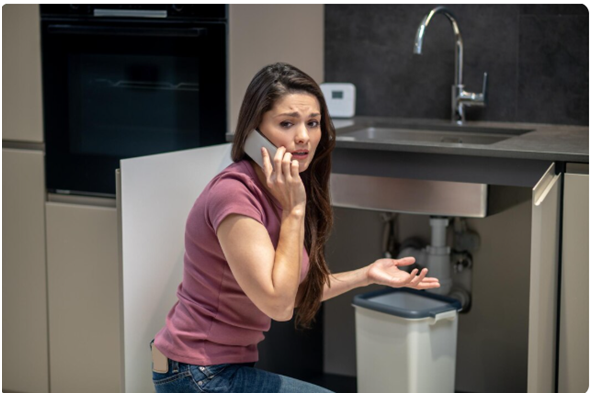Imagine waking up one morning to find your basement flooded with sewage water. The smell is unbearable. The damage? Catastrophic. And the cost? You don’t even want to think about it.
Unfortunately, this isn’t an uncommon nightmare. Every year, countless homeowners are hit with massive repair bills because of unseen sewer line issues. The worst part? Many of these disasters could have been prevented with a simple, affordable solution: a sewer line video inspection.
In this guide, you’ll learn how this modern technology works, why it’s a smart financial decision, and how it can protect your home from unexpected, devastating repairs.
The Unseen Danger Lurking Below
Sewer lines are one of the most overlooked parts of any home. They’re buried underground, out of sight, and often out of mind—until something goes wrong. But problems don’t develop overnight. They build slowly and silently. And when they finally reveal themselves? It’s usually through a disaster.
Consider this:
- According to industry data, a full sewer line replacement can easily cost between $2,000 and $10,000 for 40 linear feet, depending on the location and extent of the damage.
- If your sewer line runs under driveways, mature landscaping, or parts of your home’s foundation, the costs skyrocket even further.
- Add in water damage restoration, mold remediation, and the cost of temporary housing during the cleanup, and you could be looking at tens of thousands of dollars.
All because of a problem you couldn’t see.
But this is exactly where sewer line video inspection technology changes the game.
How Does a Sewer Line Video Inspection Work?
Let’s demystify the process. A sewer line video inspection in Cambridge MA is surprisingly straightforward, and it doesn’t involve tearing up your yard or creating any disruption inside your home. Here’s what typically happens:
Step 1: Accessing the Line
A technician locates the nearest access point to your sewer line, which could be a cleanout pipe inside or outside your home.
Step 2: Inserting the Camera
Using specialized equipment, they insert a waterproof, high-definition camera attached to a flexible rod. This camera is designed to navigate through the twists and turns of your sewer system.
Step 3: Real-Time Inspection
As the camera travels through the line, it sends back real-time video footage to a monitor. You can literally watch your sewer line’s interior on the screen—seeing every joint, every potential problem area, and any blockages or damage.
Step 4: Locating Problems
Modern camera systems have built-in locators that tell the technician exactly where the camera is underground and how deep it is. So if an issue is found, they know precisely where to address it.
Step 5: Report and Recommendations
After the inspection, you receive a full report, often including video footage and expert insights. You’ll know whether your sewer line is in good health or if there are areas that need attention.
Why Sewer Line Problems Start Small… But Grow Fast
The key to understanding why sewer line video inspections are so valuable lies in knowing how these issues develop:
- Tree Root Infiltration: Roots are drawn to moisture. Even the tiniest crack in your sewer line becomes an entry point. Once inside, roots grow rapidly, causing blockages and pipe damage.
- Aging Materials: Many older homes were built with clay or cast iron pipes. Over time, these materials degrade, corrode, or collapse.
- Soil Shifts: Natural settling of the ground or seismic activity can cause pipes to sagor disconnect, creating areas where waste gets trapped.
- Grease and Debris Buildup: Even in newer homes, improper disposal of grease, wipes, or debris can lead to blockages over time.
What starts as a slow drain can escalate into a complete blockage or a burst pipe faster than you’d expect.
When Should You Schedule a Sewer Line Video Inspection?
Preventative inspections aren’t just for people experiencing problems. In fact, the smartest time to book one is before anything goes wrong. Here’s when you should consider it:
✅ Before buying a home: Never finalize a real estate deal without checking the sewer line, especially on older properties. Many costly repairs can be negotiated with the seller if discovered early.
✅ If your home is over 25-30 years old: Materials degrade over time. Regular inspections help spot issues while they’re still minor.
✅ If you have large trees near your sewer line: Even if your line is newer, aggressive roots can cause damage.
✅ After noticing repeated clogs or slow drains: These may indicate deeper issues beyond your indoor plumbing.
✅ Following heavy storms or ground movement: Shifting soil can disrupt or damage underground lines.
The True Value: Peace of Mind
At the end of the day, a sewer line video inspection isn’t just about saving money—though it often does exactly that. It’s about certainty. Knowing the condition of something as critical as your home’s sewer system takes the guesswork out of maintenance and budgeting.
You can make informed decisions with clear, visual evidence in hand. You’re no longer reacting to emergencies—you’re preventing them.
Ready to See What’s Lurking in Your Sewer Line?
Don’t wait for a costly backup to find out there’s a hidden issue in your pipes. At Emma Plumbing & Drain Services, we specialize in sewer line video inspection in Boston MA, helping homeowners catch problems before they become expensive disasters.
As a top-rated plumbing company in Boston MA, we combine advanced technology with decades of hands-on experience to protect your home—and your wallet. Our expert plumbing service in Boston is designed to meet your needs efficiently. Plus, with our emergency plumbing service available when you need them most, you’ll never be left dealing with a crisis alone.
Schedule your service today!
